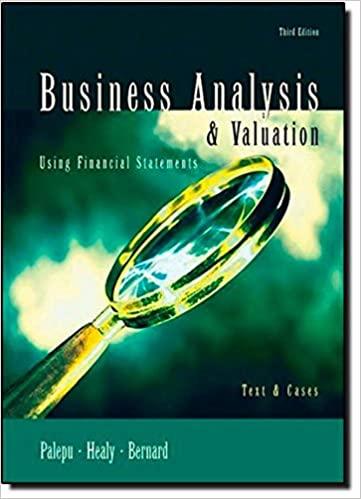Question
5. If stock Z has a beta of 0.8 and an expected return of 16 percent, and stock Y has a beta of 1.5 and
5. If stock Z has a beta of 0.8 and an expected return of 16 percent, and stock Y has a beta of 1.5 and an expected return of 23 percent, what must be ( This is the question and there is part a and b with answers, but i just need to understand a part of the answer)
(a) the expected return on the market; and notes : 0.16 = 0.2Rf + 0.8Rm 0.23 = -0.5Rf + 1.5Rm; Rf = 0.8 - 4Rm 0.23 = -0.5Rf + 1.5Rm 0.23 = -0.5(0.8-4Rm) + 1.5Rm 0.23 = -0.4+2Rm + 1.5Rm; Rm = 18.0% (b) the risk-free rate of return, to be consistent with the capital asset pricing model? 0.16 = Rf+ 0.8(0.18-Rf) 0.16 = Rf + 0.144 - 0.8Rf ; Rf = 8.00%
My question is where did the 0.2 come from in the formula in part a? how do i calculate that ? Same for the -0.5? where is that from and how to quickly calculate those?
Step by Step Solution
There are 3 Steps involved in it
Step: 1

Get Instant Access to Expert-Tailored Solutions
See step-by-step solutions with expert insights and AI powered tools for academic success
Step: 2

Step: 3

Ace Your Homework with AI
Get the answers you need in no time with our AI-driven, step-by-step assistance
Get Started


